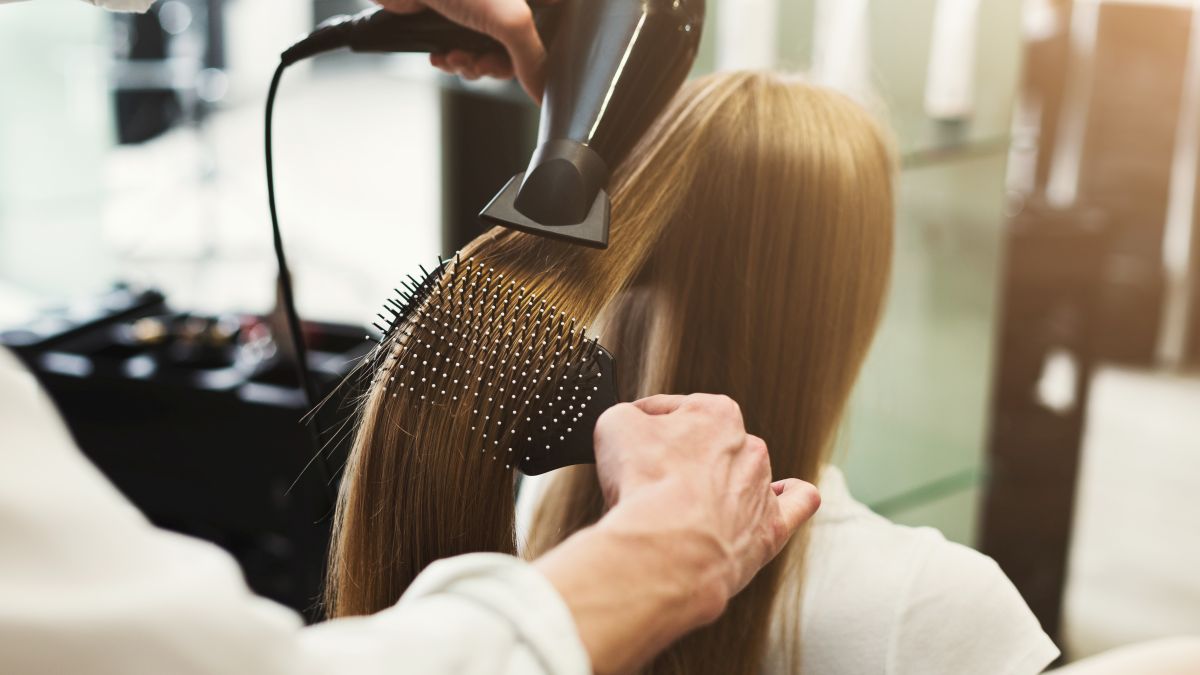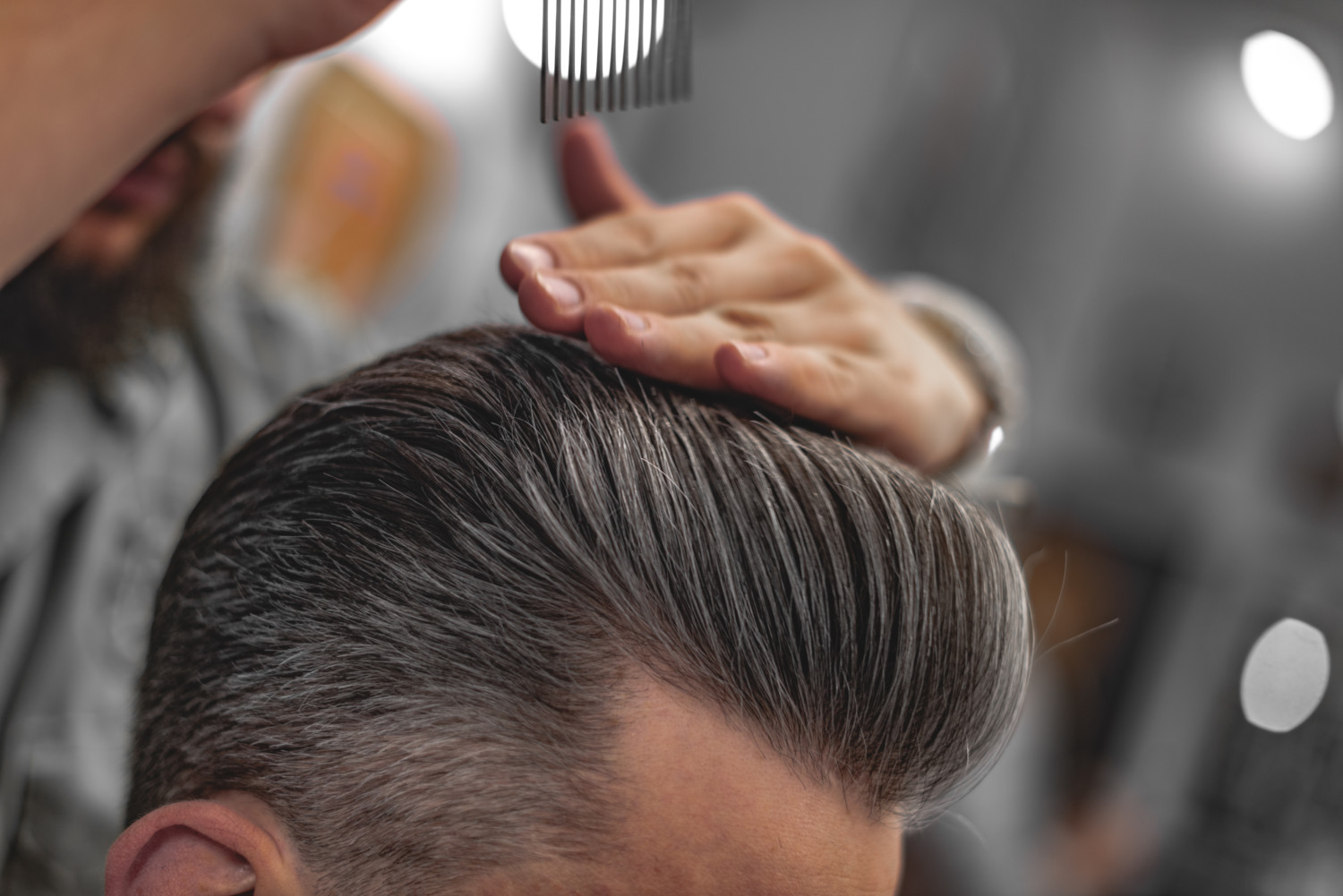After months of DIY bang trims and at-home beauty touch-ups, many salons across the country have reopened — but the experience of getting your hair done will be much different than it was pre-coronavirus.
In my own experience, my stylist is only working on odd-numbered days in order to limit the number of people in the salon. Post-haircut blowouts are no more because of the potential risk that blow dryers could spread germs. And I paid my bill through an app instead of handing over cash or my credit card.
But even though beauty salons are allowed to reopen, how safe are hair appointments amid COVID-19? And what safety precautions are salons taking to minimize risks? Here’s what the new norm in hair salons looks like.
What Are The Risks?
As businesses reopen, many have procedures in place to adhere to social distancing protocols and limit contact. At stores, for instance, plexiglass partitions are in place between you and the cashiers. At restaurants, servers can quickly drop off your food.
But stylists face unique challenges. It’s impossible to maintain 6 feet of distance while cutting or coloring hair, points out Robyn Gershon, MHS, DrPH, a clinical professor of epidemiology at New York University’s School of Global Public Health told Good Housekeeping. There’s an elevated risk in a salon environment because your stylist needs to work on your scalp or hair, in close proximity to you and for a prolonged period of time.
As far as hairdryers spreading germs, it’s highly unlikely. Michael A. Ben-Aderet, M.D., infectious disease specialist and associate medical director of Hospital Epidemiology at Cedars-Sinai in Los Angeles, told Prevention that this would require someone to cough into a hairdryer, which might then disperse the droplets. Eliminating blow-drying services, however, will help shorten appointment times.

The virus that causes COVID-19 is thought to spread mainly from person-to-person and through respiratory droplets when an infected person coughs or sneezes, according to the Centers for Disease Control and Prevention (CDC). However, it’s possible that you can get COVID-19 by touching a surface or object that has the virus on it, and then touching your own mouth, nose, or possibly, your eyes.
Other studies have shown that COVID-19 could live on glass surfaces for up to 96 hours and up to three days on plastic and stainless steel, so regular cleanings of hair tools and work stations will be a priority for stylists.
Finally, both employees and customers shouldn’t come in if they are sick or have recently been in contact with anyone who has tested positive for COVID-19. In May, two Missouri hairstylists — who were wearing masks but came to work while having symptoms — potentially exposed up to 140 clients to the coronavirus.
At businesses where maintaining proper social distancing is more difficult, like hair salons, you may begin to see liability waivers.
How Will Hair Appointments Be Different Now?
While the CDC has issued COVID-19 reopening guidance for nail salons and other businesses, no specific protocols have been set forth for hair salons. However, states and local health departments have developed guidelines for salons, so the experience of getting your hair done will vary depending on where you live.
“Some common regulations will be stylists and clients wearing masks, health check questions, complete disinfection of all workspaces and high-touch surfaces between each client, plus temperature checks,” says Cassandra Voss, a senior stylist at Twig Salon in Boulder, Colorado.

Also, due to the limited number of people currently allowed to be in businesses, clients will be asked to come to appointments alone, she says.
The Professional Beauty Association has also put out suggested guidelines, which include encouraging customers to wash their hair before the appointment to help reduce traffic at the shampoo bowls, waiving cancelation fees to encourage customers to stay home if they’re sick, and offering no-touch payment methods.
Have you been to a salon post-COVID-19? What changes did you notice?
This story originally appeared on Simplemost. Checkout Simplemost for additional stories.



